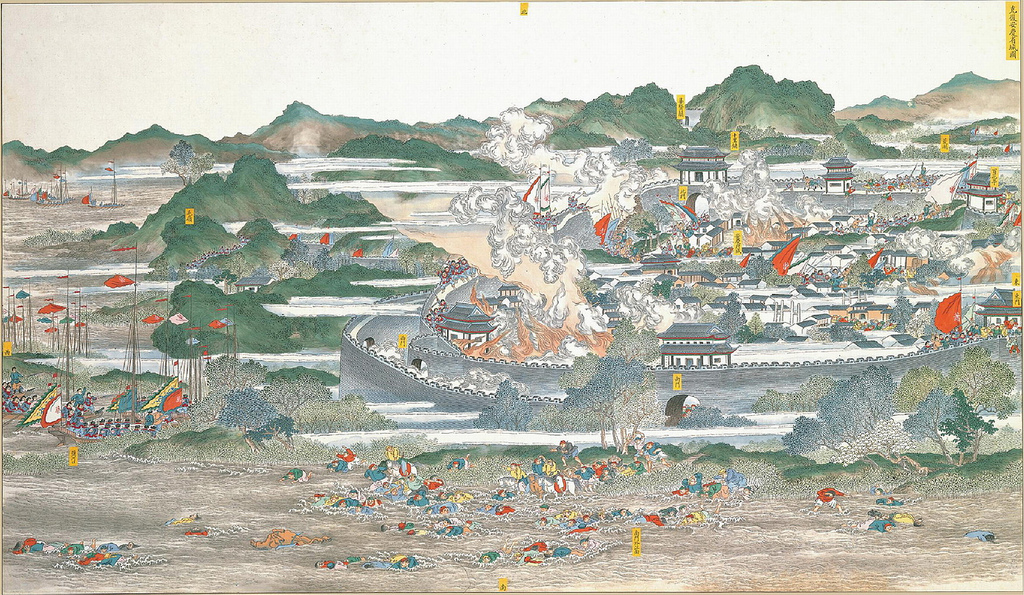I chose exploration pack three on the Taiping rebellion for my exploration pack. This exciting part of Chinese history could be viewed as a darker part of memory. This period was rough because of the mass deaths due to the rebellion. It has been estimated that around twenty million people were killed during this time.
The Taiping rebellion was a blood one “part of the contemporary conventional wisdom about the war, and its collateral damage in Jiangnan involved cannibalism”. During this time, it was believed that body parts were a commodity. People were selling flesh and using dead bodies for profit. These are nearly hearsay, but this is thought to be because of the starvation that came from the rebellion, possibly leading to cannibalism. The Chinese didn’t just jump into eating human flesh. It was a gradual build-up “from trapping vermin, stripping grass and tree bark, to consuming human flesh”. It is believed that cannibalism could’ve been more of an exaggeration because of what China was like during wartime. Creating these wild memories could’ve been a way of coping with wartime struggles and creating exaggerated memories to project the true horrors.
In another source, we can have a first-hand account of what life was like during wartime in China. This account is from a child living in China right before and during the rebellion. From this perspective, we can grasp the brutality of the war with her saying, “their bodies piled up inside the city gate, and nobody knew who they were”. Through the child’s memory, we can understand that every day during the rebellion was a fight to survive. In one part of the excerpt, we know how scared the people in China were of the bandits when she says, “Thereupon Mr. Meng tore the boy apart and killed him with his own hands.” This was because a boy was crying due to how scared he was. Still, an older woman conceived the group of civilians to kill the boy because his cries would bring the bandits to them. This article gives a new perspective on life because it gives us a more realistic look.

Meyer-Fong, Tobie S. “4. Bones and Flesh.” In What Remains: Coming to Terms with Civil War in 19th Century China. Stanford, Calif.: Stanford University Press, 2013.
Zhang, Daye. “Part 2.” In The World of a Tiny Insect: A Memoir of the Taiping Rebellion and Its Aftermath. Translated by Xiaofei Tian. Seattle: University of Washington Press, 2013.
Leave a Reply